Choosing the right car seat for your child is one of the most important decisions you'll make as a parent. It not only accompanies you and your newborn from the first moment you leave the hospital but also ensures their safety on countless journeys as they grow.
The right car seat provides safety, comfort, and protection for your child while offering complete peace of mind to you as a parent, from initial installation to daily use.
In this car seat buying guide, we'll cover the different car seat types, advanced features like ISOFIX bases, why rearward facing is always the better choice, and what you need to keep in mind if you’re thinking about buying a second-hand car seat.


.jpg)
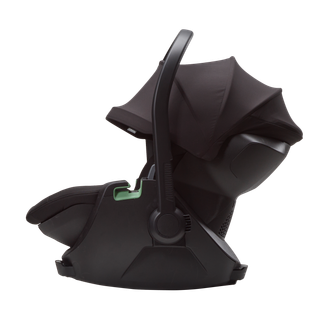
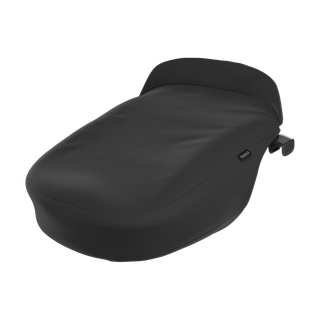

.jpg)
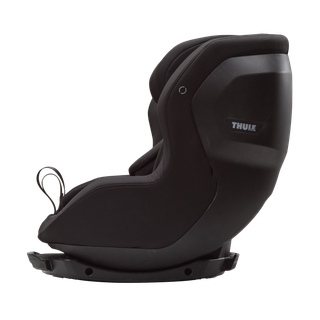


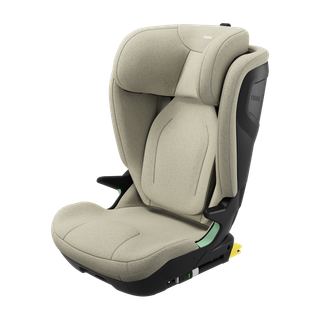
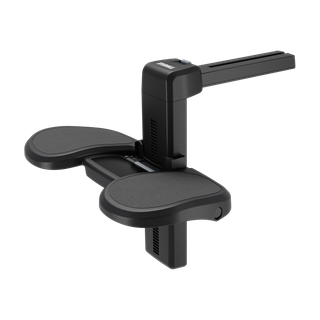

.jpg)
.jpg)


.jpg)
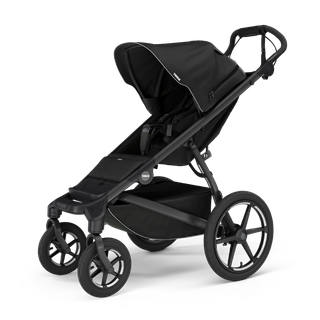

.jpg)



